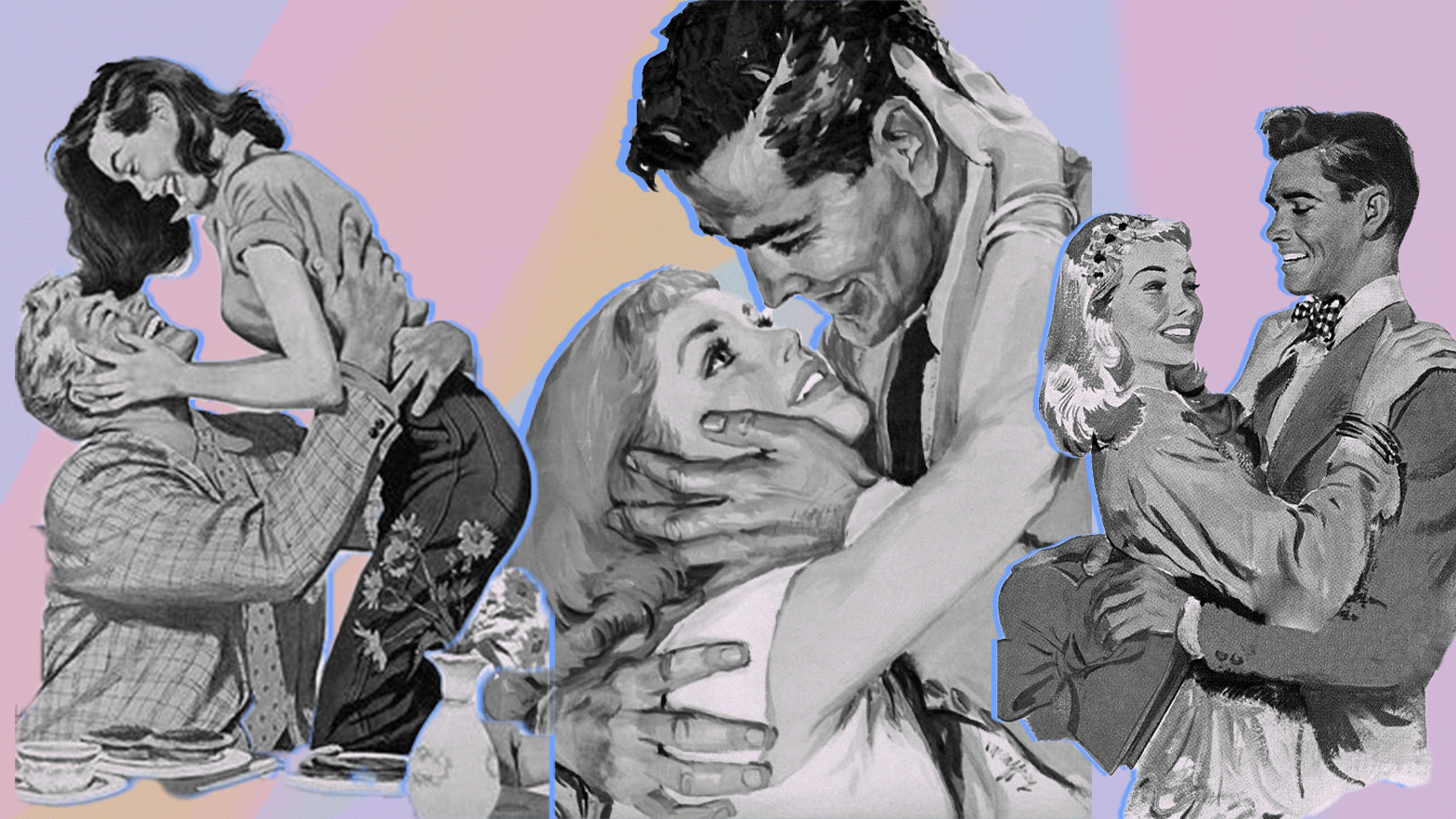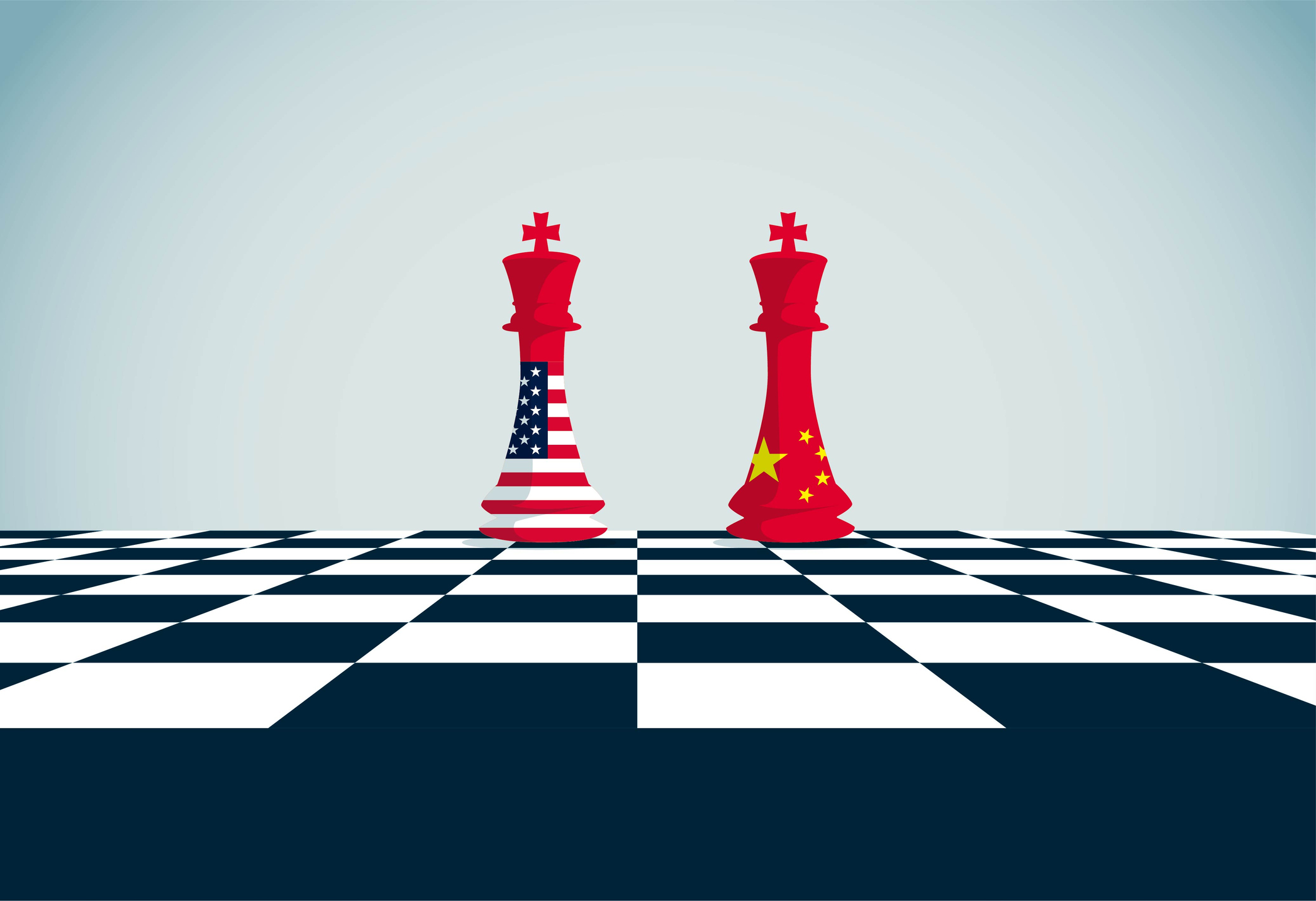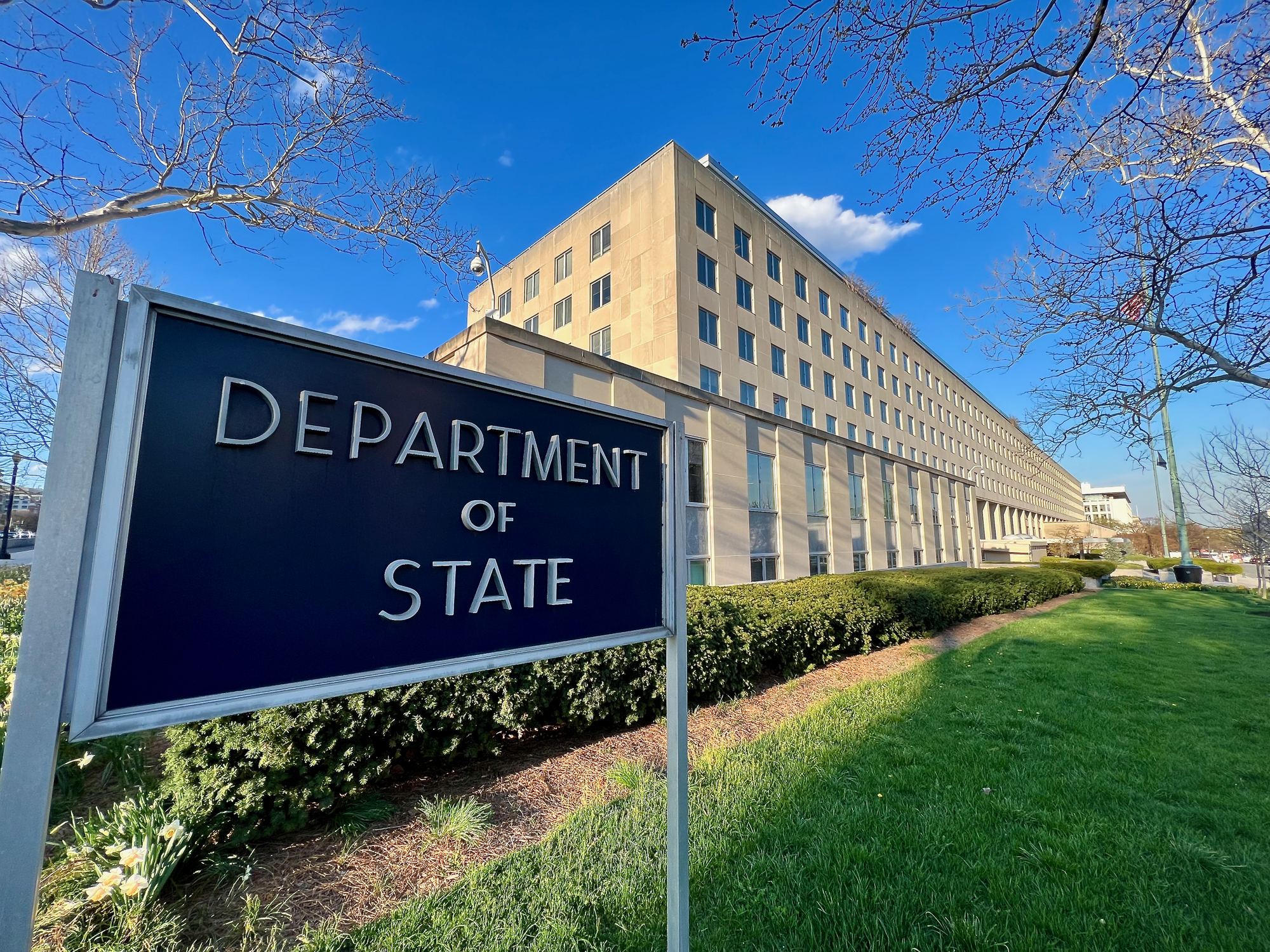Having children and raising families requires a healthy, productive society.
Ukraine’s Long March

Europeans should look to denazify Ukraine.
The stakes are high in the Russo-Ukrainian War. But our sympathy for the suffering of ordinary Ukrainians should not override the need to assess contemporary Ukrainian society with a critical eye. Ukraine’s mainstreaming of Nazism, however convenient for Putin to evoke, was not fabricated in a Russian bot farm. Rather, it’s a consequence of a very short Long March of some Galicia Ukrainians through the institutions of the post-Soviet nation.
When I lived in the eastern part of the Ukrainian Soviet Republic, it was known that Western Ukrainians were different—that they were nationalistic to the point of glorifying the World War II-era fascist outlet OUN/UPA, the Organization of Ukrainian Nationalists and its military wing, the Ukrainian Insurgent Army. The OUN welcomed the Wehrmacht, but because Hitler wanted to rule Ukraine directly, he locked up UPA leader Stepan Bandera in a VIP concentration camp. Nevertheless, his followers served in the SS Galicia Division, collaborated in the Holocaust, and slaughtered up to 100,000 Polish peasants.
While many European nations have far right constituencies, Ukraine is unique, because the spiritual descendants of Bandera control all important social institutions. Most Ukrainians are not Nazis, but, given that there is little they can do about the country’s cultural climate, they have learned to live with extremists, as they lived under serfdom and then Communism.
Bandera cultists have left their tags across the Ukrainian landscape. Hundreds of OUN/UPA monuments and museums sprang up after the breakup of the USSR—like the 23 foot tall statue of batka, or father, that Bandera positioned under 100 foot triumphant columns in downtown Lviv.
A recently deceased SS veteran received a state funeral to which the country’s Jewish president dispatched his representative. To commemorate Bandera’s birthday and SS Galicia, torchlit parades are staged every year on the streets named in honor of collaborators.
The City of Kiev changed the name of one of its main transportation arteries to Stepan Bandera Avenue. It leads to a modest Holocaust memorial in Babi Yar where Ukrainian auxiliary forces aided the Nazis in the extermination of Kiev Jews. The kicker: in 2017, Ukraine erected a monument to an OUN member right next to it.
Should a fashion-forward Ukrainian girl open Vogue Ukraine, she can learn that:
In recent months, [Bandera] has become, of course, one of the most popular Ukrainians in the world, information about him is now sought online by Ukrainians and others. . .
Get with the time, dear, because fascist chic is on frequent rotation in that publication, of which the woke parent company headed by Condé Nast is perhaps unaware. Still, it’s very much in line with the Kiev media culture.
To explain how Ukraine got to this point, fingers usually point to the government-funded Institute of National Memory, which was established in 2006 to disseminate revisionist history to the chronically corrupt, ethnically fragmented nation that was unsure of itself after the Soviet collapse. Demographic fractures are an underappreciated detail of the Banderovite takeover. In the early nineties, Ukrainian became the language of government and education, mandated in both spheres. Russian speakers went into commerce since foreign companies preferred to communicate in that language. Extremists were able to connect with Ukrainian-speaking nationalist-minded foot soldiers in government bureaucracies, who then funneled propaganda to the masses.
Ukraine’s biggest college center is the easternmost Kharkov, and the best educated Ukrainians tend to be Russophone.
The mostly sinister narratives concocted by revisionists are frequently comically vulgar. For instance, an 8th grade geography textbook contains the racial supremacist claim that Ukrainians from Galicia are the ancestors of the French, the Spanish, and the Portuguese—the countries have Gal in their regional names—and, for some reason, the Jews and the Turks.
The Banderovites are presented as brave freedom fighters, victims of both the Nazis and the Communists; their crimes are whitewashed. The same ideas are pushed on wide-eyed English speakers—the current iteration of the English language UPA wiki page advances the lie that they fought against Germany. In reality, following the Soviet victory in Stalingrad, Ukrainian fascists printed some flyers urging to take on the Wehrmacht, but no battle between the two fighting forces ever took place. The literature was intended for the Americans, as an alibi.
The extreme nationalists got their big break in 2014 when the Galicia-dominated uprising deposed President Viktor Yanukovich and eliminated most of its opposition. The newly reimagined nation had to ramp up its armed forces with the specific goal of fighting Russia. Consequently, National Guard units, among them the notorious Azov Polk—which uses Nazi Runes in its emblem—were formed out of the Maidan veterans from the neo-Nazi group Pravy Sektor.
The presence of Nazis in National Guard units has been a stain on Ukraine’s image, to the point that pro-Kiev ideologues now try to explain swastika tattoos on Azov soldiers as some sort of Ukrainian humor. Why neo-Nazis from across the globe train with them or why the chief military prosecutor believes Jews want to drown Ukraine in blood remains to be explained. Or why Gregory Omelchenko, a Ukrainian General and recipient of the title of Hero of Ukraine, insisted in an op-ed that Jews rule the world and are plotting to create a Heavenly Jerusalem in southern Ukraine.
No native political force is capable of successfully opposing Nazism in Ukraine today. In 2019, the country’s top deliberating body, the Rada, elected a Nazi Prime Minister. Ukrainian Socialists, the party that in any other country would want nothing more than to punch a Nazi, were kicked out of the international socialist movement for embracing Banderovites.
Faith in something larger than oneself can temper the worst impulses in men, but in Ukraine, the state has been reaching into religious matters. The Galician Greek Catholic Church embraced many post-Soviet pathologies of the region and celebrated the OUN/UPA. Preparing for the war, Ukraine established an Orthodox Patriarchate—separate from the recently-banned Moscow branch—whose head, Metropolitan Epiphanius, declared that Bandera is a genius of the Ukrainian spirit and that he’s proud to call himself a Banderovite.
More puzzling was the presence of Yaakov Dov Bleich, the Chief Rabbi of Ukraine, at a 2019 event honoring the UPA. Bleich explained that the ceremony marked a “compromise.” Crosses erected to commemorate the UPA in a small, western Ukrainian town were moved from atop Jewish graves to the edge of the cemetery. The crosses initially replaced a Holocaust memorial destroyed by the locals. The rabbi added that a compromise like that is only possible in a democratic Ukraine. At around the same time, Eduard Dolinsky of the Ukrainian Jewish Committee published a letter by the Kiev City Administration instructing Ukrainian rabbis to hold services on Ukraine’s Independence Day.
The U.S., of course, is not supporting Ukraine to aid Nazis. Foreign policy is amoral, and Ukrainians happen to be our SOB’s. However, every society is founded on some idea of what constitutes good and evil, and for us, Hitler’s Germany represents the ultimate evil.
Contemporary Europeans lack the will to denazify Ukraine. With Allied soldiers dying out and the memory of World War II fading, the West is ripe for revisionism. Ukraine knows how to deliver it. But supporting the SOB’s next door, and hastening their entry to the European Union and even NATO, is not the realpolitik move some Atlanticists think it is.
The American Mind presents a range of perspectives. Views are writers’ own and do not necessarily represent those of The Claremont Institute.
The American Mind is a publication of the Claremont Institute, a non-profit 501(c)(3) organization, dedicated to restoring the principles of the American Founding to their rightful, preeminent authority in our national life. Interested in supporting our work? Gifts to the Claremont Institute are tax-deductible.
America’s decline is not irreversible.
How to understand—and rectify—the foreign policy disaster of 2024.
Tucker Carlson should have known better than to be seduced by Stalin’s majestic subway stations.
The case for funding endless war in Ukraine is bankrupt.
Leading neoconservative arguments for continuing U.S. involvement in Ukraine miss the mark.






